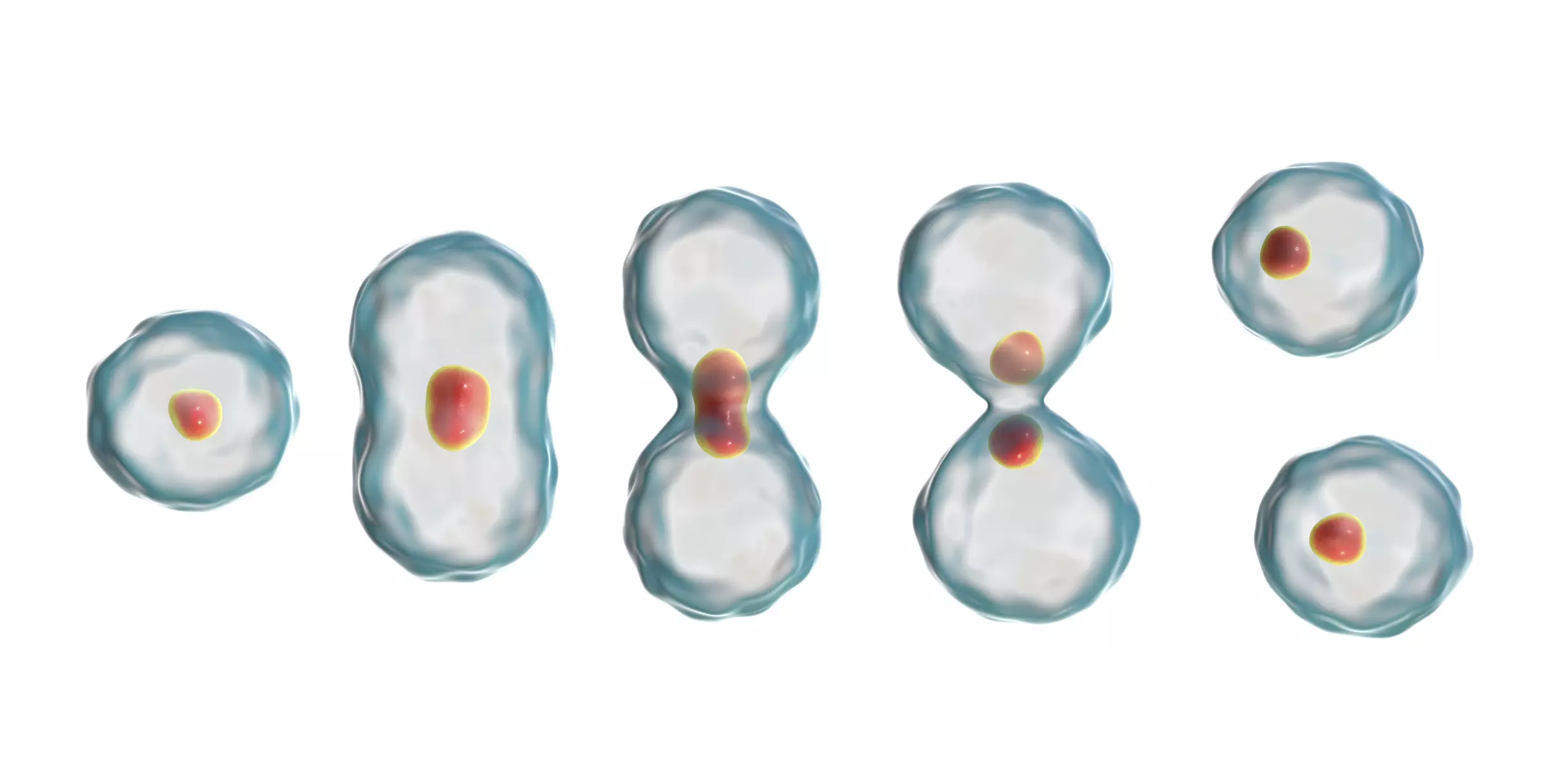[Originally published as No Other Explanation: Dinosaur DNA!]
Despite the overwhelming evidence, there are some who are skeptical that soft tissue can be found in dinosaur fossils. Even among those who think that there may be soft tissue in some dinosaur fossils, there are those who think that there is no way complex molecules like DNA could possibly be found in that tissue. Well, Dr. Mary Schweitzer and her colleagues have recently published a study that, as far as I am concerned, should put all doubts to rest.
Yes, dinosaur fossils do contain soft tissue and original dinosaur biomolecules, including DNA.
The study involves a detailed investigation of fossils from duck-billed dinosaur (Hypacrosaurus stebingeri) nestlings that are supposed to be 75 million years old. The authors examined cartilage tissue under the microscope and found what were obviously cells. Of course, that’s nothing unusual. The Dinosaur Soft Tissue Research Institute has some really great examples of dinosaur cells and other delicate structures from dinosaur fossils. They also have evidence for RNA in the fossils (see here, here, and here).
What’s new (and in my mind definitive) about this study is that they applied two different DNA stains to the tissue. The stains are designed to bind only to DNA, and when you use two different stains and see them both bind to the same structures, you have doubly confirmed the presence of DNA. Of course, what they saw could be DNA stains binding to DNA that contaminated the fossil, right? Wrong! This image, especially blocks C and D indicates why. If I ask anyone who has taken a good high school biology class what the red box is drawn around, he or she should be able to tell me.
When cells reproduce, they go through a process called mitosis. It progresses through different stages, each of which is recognizable by the arrangement of chromosomes. In the second stage, called metaphase, the chromosomes line up at the center of the cell so that half of them can be pulled to one side of the cell and half can be pulled to the other side. In any sample of reproducing cells treated with a DNA strain, metaphase shows up as dark lines across the center of the cell. That’s exactly what you see in the part of the image surrounded by the red box.
Now, by itself, that’s not a “smoking gun.” It’s possible that DNA just happened to contaminate the fossil in a way that looks like metaphase. However, look at the bottom center of Figure C. There are two white arrows pointing to two dark spots. Those dark spots are surrounded by overlapping circles. Once again, any student who took a good high school biology course should be able to tell me what that is. It’s the final stage of mitosis, telophase. So what we have here are cells that died in two different stages of mitosis. The one in the red square died in metaphase, while the other died in telophase. The DNA stain shows up not only in the correct places in both stages, but also in the correct shape. In my mind, that confirms there is real dinosaur DNA in the fossil.
Not surprisingly, the authors agree. To understand how they say it, please note that “condensed state” in DNA refers to the DNA being arranged in chromosomes:
Contamination is not a plausible explanation in this case, and to this date, the possible preservation of original proteins and DNA in deep time has not been convincingly eliminated with data. Although extensive research and sequencing is required to further understand DNA preservation in Mesozoic material, along with its chemical and molecular alterations, our data suggest the preserved nuclear material in Hypacrosaurus was in a condensed state at the time of the death of the organism, which may have contributed to its stability.
In other words, there is no way that contaminants could form chromosome-like structures of DNA right where they are supposed to be in cells that died in the process of going through mitosis! Please note that there is a lot more to the study, including the confirmation that the cells are real cartilage cells and that there are dinosaur protein structures right where they are supposed to be in the tissues. However, to me the DNA results are the most important.
Now please understand that the DNA is probably degraded, but it is not degraded beyond recognition, since the stain is able to bind to it. However, as the authors state, this is not expected. Based on many experiments and our knowledge of biochemistry:
A short temporal range is predicted for informative biomolecules (∼1 MA for proteins, and ∼100,000 years for DNA; with 700,000 years as the oldest genome report).
So their study indicates something is wrong with the prevailing wisdom. Of course, their explanation is that DNA obviously must be more stable than the evidence indicates. As a result, they hope that there is a previously unknown, unthought of, exotic chemical mechanism that can make DNA last 750 times longer than current biochemistry indicates.
However, I have a much simpler explanation. There is no new chemistry here. As the current data and our understanding of biochemistry indicate, DNA cannot last anywhere close to millions of years. Indeed, even at temperatures well below freezing, it would be completely unrecognizable in about 1.5 million years. The reason we can find DNA in dinosaur fossils is because they are only thousands of years old.







Interesting article. Thought. Couldn’t those who favour contamination argue that the PMAT stages are caused by bacteria going through mitosis?
As you see at the top of the article, we pull from Dr. Wile’s blog to share with our audience. If you ever want to catch him directly, he is active there and on facebook. That’s plenty for someone so busy to handle!
For your question, the people working to show this is NOT contamination are well aware of how desperately others are trying to explain it away as modern admixture. So, they are as careful, or even more so, as those working to sequence genes to avoid it. My guess is that it would be spelled out too clearly in the study for anyone opened minded to avoid acknowledging.
The authors did take that possibility into account, so they designed a few tests to determine whether the cells could merely be microbes. One stain, PI, indicated that the cells were dead; they could not be a living, recent contamination by bacteria. If someone was to claim that the bacteria existed all the way back from when the fossil was formed, this would be equally problematic, as bacterial biofilms cannot preserve for millions of years, either. Another stain, DAPI, bonds preferentially to fixed cells (i.e., cells that are part of the original tissue). Quoting the paper, it states, “It is reasonable and logical to propose that fossil dinosaur bone contains contaminating microbial communities, but the specific case that we present here, where isolated chondrocytes show intracellular reactivity with PI and DAPI, does not match the staining pattern of ‘cell clusters’ of contaminating biofilms.” Finally, there is evidence of histone proteins, which are not present in eubacterians.
So, you’re right that those who favor contamination could and have suggested microbial biofilms as the source of for cellular structures in dinosaur fossils, but that theory is just not plausible in this case. Hope this answers your question!
Caleb.